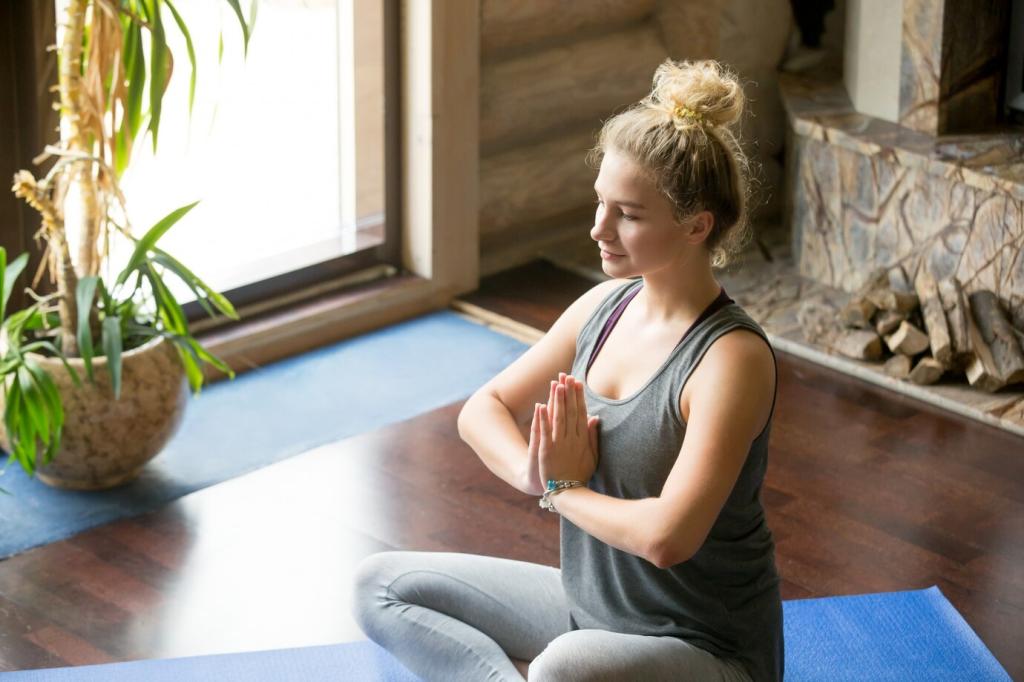Why Guided Meditations Calm the Emotional Storm
Guided meditations reduce decision fatigue by offering step-by-step focus points, so your attention feels held rather than scattered. This supportive structure encourages emotional regulation and makes returning to the breath, body, and present moment far easier.
Why Guided Meditations Calm the Emotional Storm
A steady, warm voice paired with clear imagery signals safety to the nervous system. Listeners often report feeling grounded within minutes. Try a gentle beach visualization today and tell us which sensory details made your body quietly exhale.












